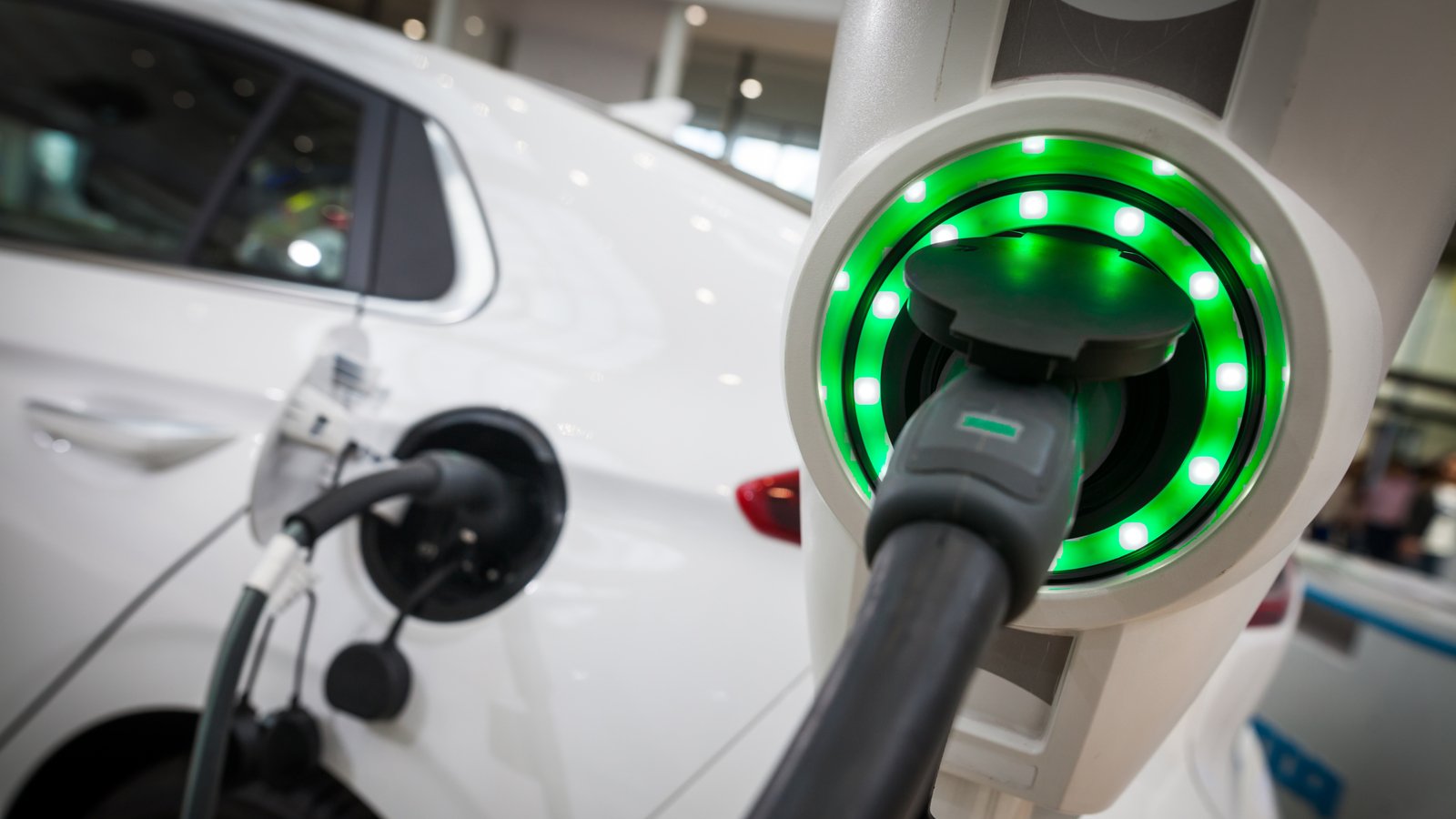A popular “backdoor” method of going public, the SPAC or special purpose acquisition company featured heavily throughout 2020. And 2021 looks to continue the momentum with Tuscan Holdings Corp (NASDAQ:THCB), which aims to merge with Microvast, an advanced lithium-ion battery maker headquartered in Texas with its manufacturing center in China. Can THCB stock charm investors as other electric vehicle SPACs have?

On paper, it does seem Microvast can deliver the goods. First, the company’s HpTO technology claims to upturn what we stereotypically think about EV battery performance.
With Microvast’s innovation, EV drivers can expect quick charging (10 to 20 minutes, per the website), over 10x the lifecycle of a traditional lithium-ion battery, robust resistances to environmental conditions, and multiple safety features, including a thermo-management system to prevent overheating and fires.
From the reviews I’ve seen from EVs, I believe it’s fair to say that many prospective consumers are gradually moving on from “range anxiety,” though it’s still a commonly cited concern. But other areas – particularly involving inconveniences – keep many would-be EV drivers on the sidelines. With the holistic performance improvements that Microvast batteries offer, though, it could spark a rethink. And that could help lift THCB stock.
One of the more confident takes on Microvast comes from our own Mark Hake. Assuming a deal can be worked out, Hake worked out the details, forecasting that THCB stock could at least be worth 50% more than its Jan. 5 closing price, which is $15.89. As a near-term “pop” potential, it’s well within reason.
Obviously, EV-related SPACs have been good for dramatic moves upward. And just SPACs in general have been profitable vehicles for speculators, hence the bullishness. Also, InvestorPlace web content producer Sarah Smith noted that Microvast batteries were used in electric buses during the 2018 Olympic Games in South Korea.
As a short-term bullish trade, I firmly believe that speculators have potential with THCB stock. Where it gets tricky is the long-term proposition.
The “Real” Solution for EVs and THCB Stock
Immediately, one area that raises eyebrows for THCB stock is that Microvast is focusing on improving (robustly, to be fair) current EV battery performance. However, the main issue is that even these improvements may not be enough to spark a wholesale transition to EVs.
For instance, it probably takes about five minutes for many drivers (I’m not talking big SUV gasoline hogs) to refuel – and that’s including entering and leaving the gas station.
Therefore, 10 to 20 minutes of pure charging time may be a stretch. Sure, it might not be a stretch for you specifically, but you got to look at the EV integration equation from a broader perspective. Personally, it’s hard to imagine that this fast-paced society would tolerate such slow charging times.
So it’s no surprise that ardent EV proponents are excited about solid-state batteries (SSBs). Initially, this fueled the dramatic rise of QuantumScape (NYSE:QS). However, as InvestorPlace writer William White reported, QS plunged recently as analysts and critics have questioned the viability of the SSB.
To date, no one has brought the core SSB attributes – efficiency (including low price), performance, and longevity – to market.
Therefore, THCB stock is somewhat of an “acquiescent” investment. I don’t mean this as a pejorative. Rather, I’m suggesting that rather than focusing 100% attention on SSB pipedreams, Microvast has decided to improve what is already available.
The Party for THCB Stock Could Be Short-Lived
In some ways, it’s smart. But in other ways, I believe Microvast may be negatively impacted by the limitations of current tech, especially toward EVs. Perhaps the biggest issue is “depth of discharge” (DoD).
When you hear marketing pitches about EV battery lifespans, you must realize that this is not a simple equation. Generally, lithium-ion batteries don’t handle rapid charging/discharging well – that’s the arena of supercapacitors.
However, the supercapacitor lacks the energy density of lithium ion. Theoretically, SSBs can give the best of both worlds, but again, it hasn’t been proven for real-world commercial applications.
Thus, to get around some of the key limitations of lithium-ion batteries, users must pay attention to usage parameters. One way to sustain long battery life is to operate in the mid-range of a battery’s capacity. In part, this means not discharging from 100% down to 0% capacity, but rather, discharging from 80% to 20%, then recharging at 20% back to 80%. But this impedes commercial viability and the platform’s everyday convenience.
For instance, Microvast states that its batteries can be used for electric taxis by providing 300 kilometers of range via 10 to 15 minutes of charging wait time to full capacity. But if fleet owners want to extend their EV batteries usable life – they do – then the DoD “limitation” will impact the implied range/convenience factor.
Potential Mixed in With Plenty of Risk
As a near-term wager on a SPAC deal, I believe that there is tremendous upside waiting to happen for THCB stock. I have zero arguments about that. However, the longer-term viability is where investors ought to be careful.
As we saw with QuantumScape, you want to set aside the marketing glitz once the pop has happened and focus on the fundamentals. Apparently, that’s what many on Wall Street did, which at least contributed to its fallout. And there’s the same possibility for THCB stock.
Further, you should realize that Chinese-manufactured EV batteries have a long history of reliability issues. That doesn’t mean they won’t improve but it’s just something to keep in mind. Ultimately, if you want another pull at the SPAC casino, THCB is enticing. But make sure to get out before you get cleaned out.
On the date of publication, Josh Enomoto did not have (either directly or indirectly) any positions in the securities mentioned in this article.
A former senior business analyst for Sony Electronics, Josh Enomoto has helped broker major contracts with Fortune Global 500 companies. Over the past several years, he has delivered unique, critical insights for the investment markets, as well as various other industries including legal, construction management, and healthcare.
